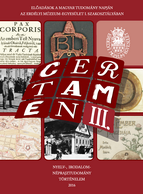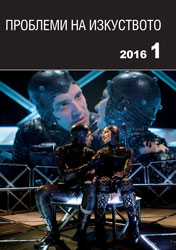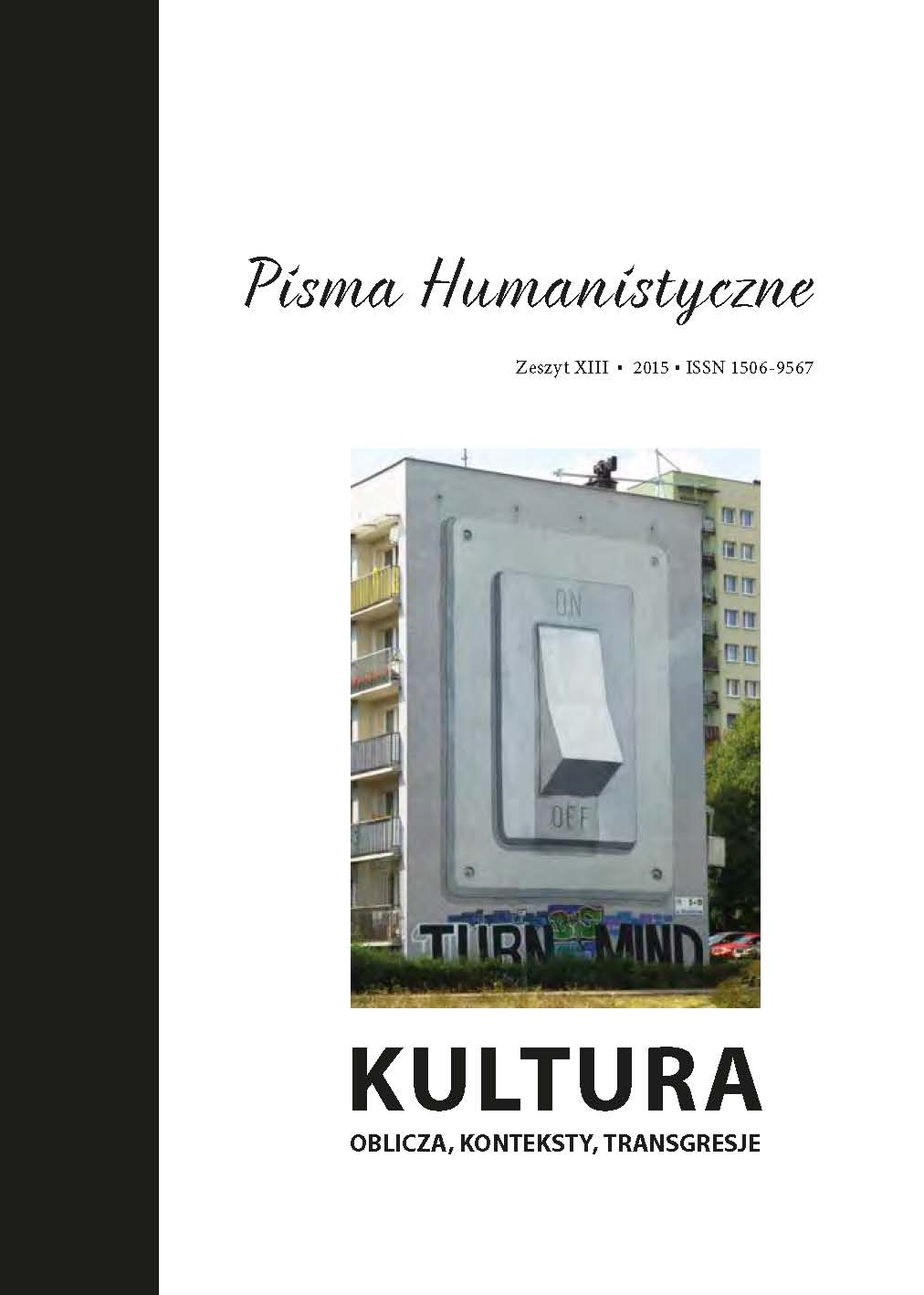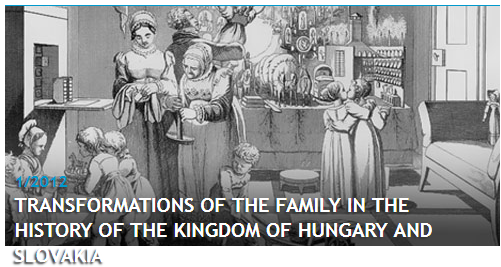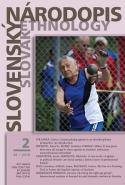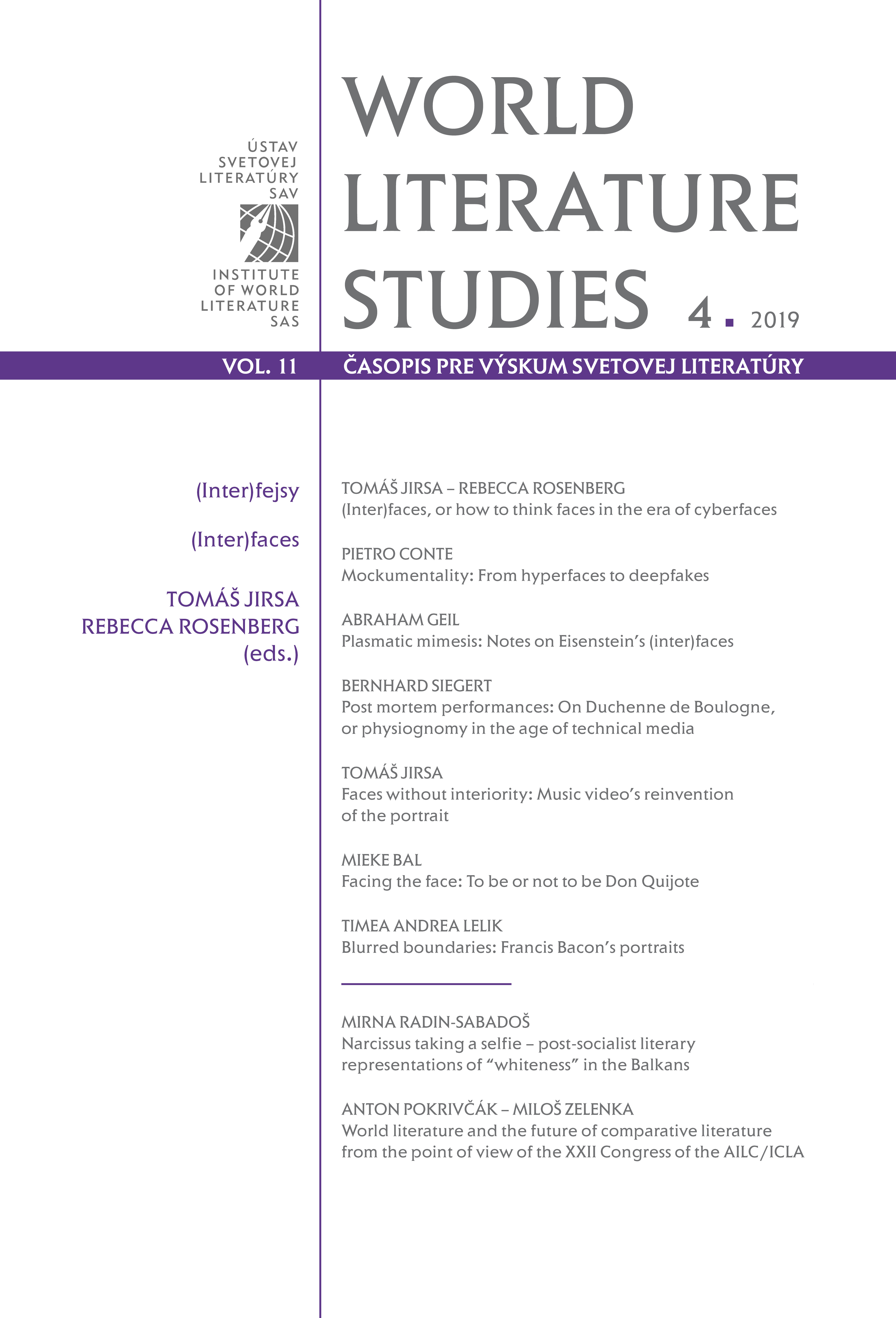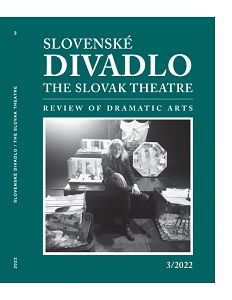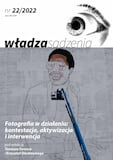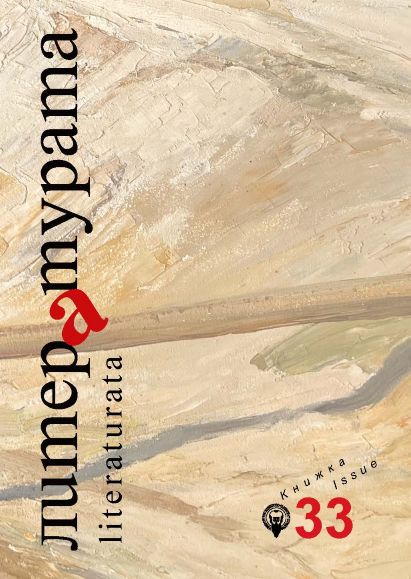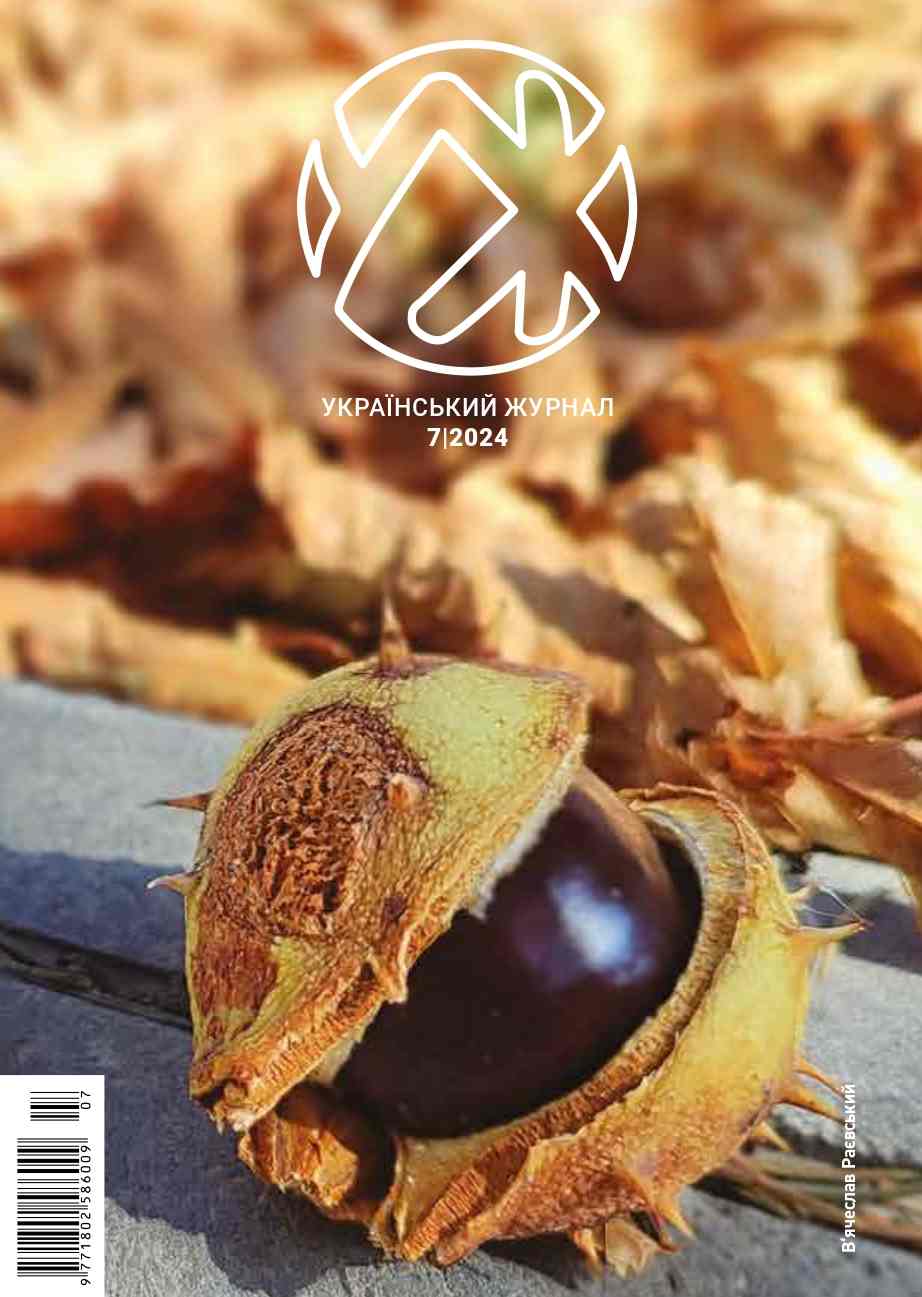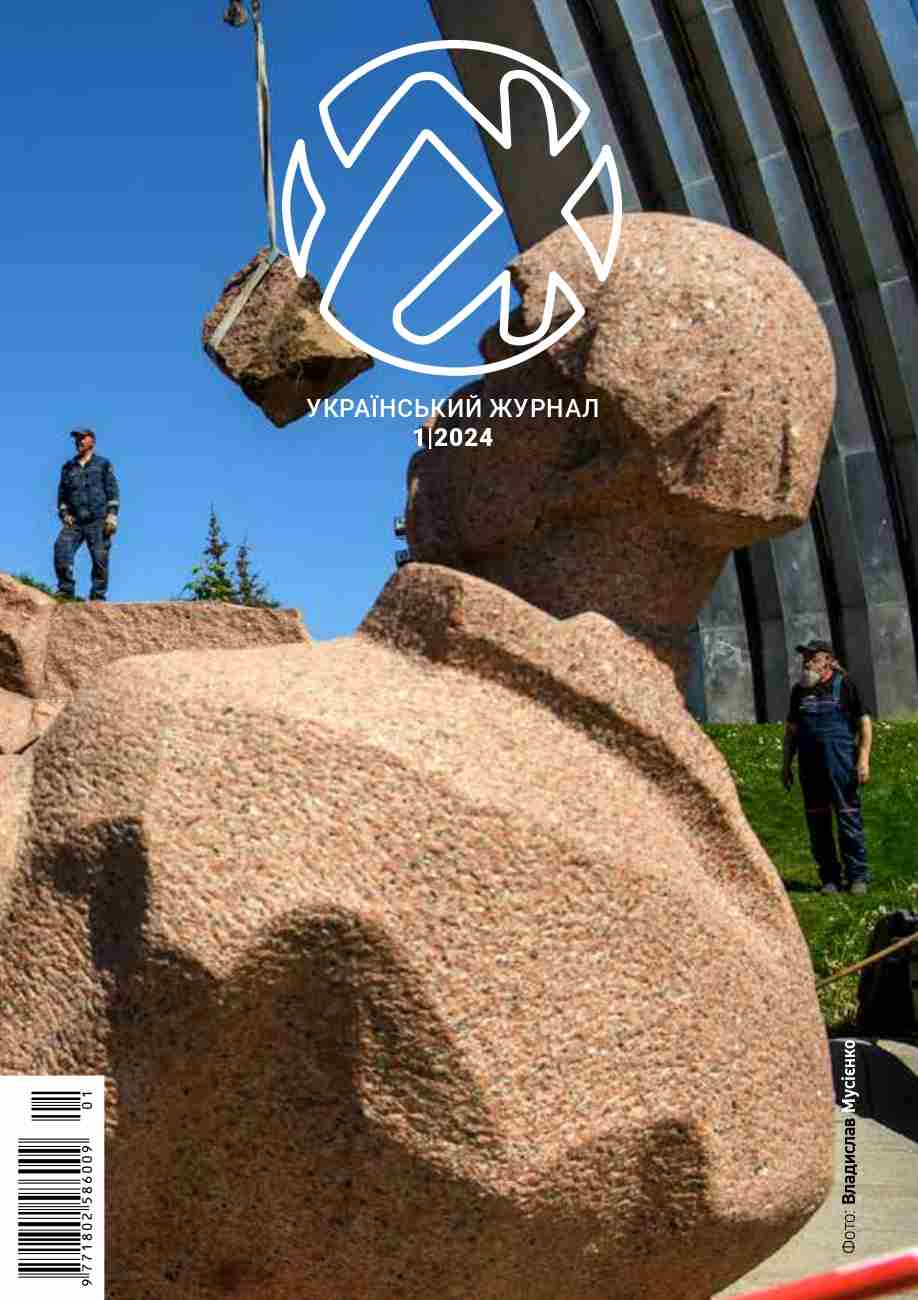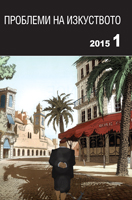
Маркетингови общувания на комикси в социалните медии – примери от Marvel Entertainment
The article seeks to study the communication of marvel entertainment through social media, its role and characteristics. The structure and tasks are defined by the goal: definition of comics, definition and examination of the characteristics of some social media and their role in the marketing communication of the company. The object of the study is social networking. Media communication is a global topic and would take too much time to study, which is not within the capabilities of only one doctoral student. The assumption is that social media have a positive impact on the communication of marvel entertainment. On its behalf, marvel has to take into consideration this fact and use social media for both feeding and extracting information. The analysis aims at displaying the opportunities provided by social media both to the company and to its audiences. A question is raised: whether the communication model is influenced by social media and, if so, how do audiences take advantage of this fact? The article studies examples related to the integrated communication of the company. The opportunities, which the digital revolution gives both to cinema industry and to the World Wide Web, are explored. The examples would display the digital communication strategies of marvel and how they foster better understanding of users’ needs.
More...
